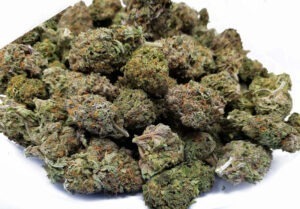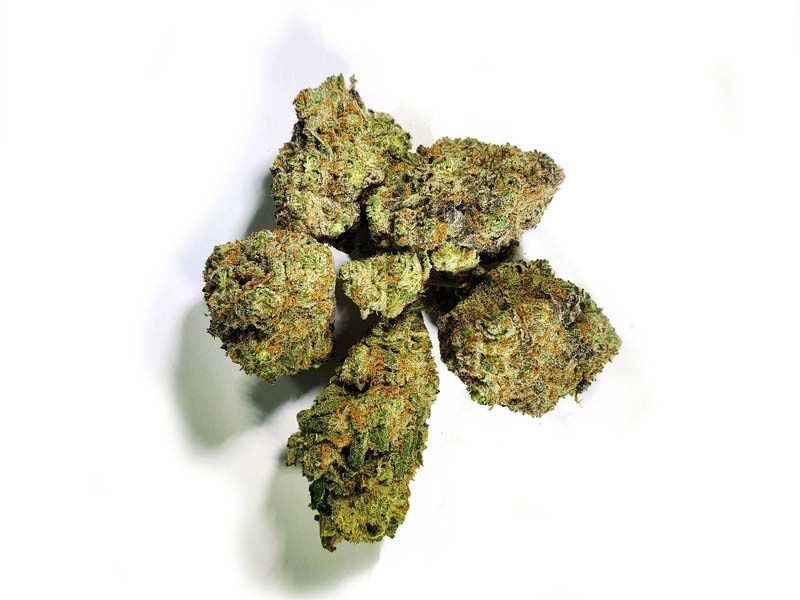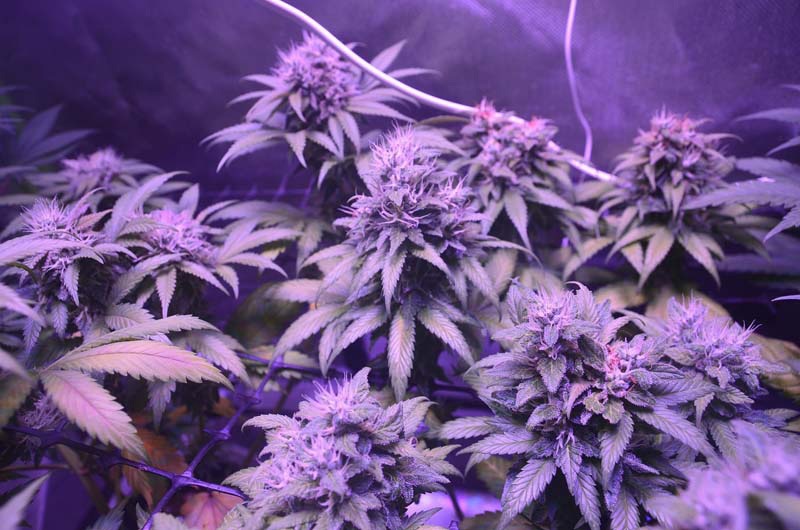Table of Contents [show]
The Best Way To Grow Hybrid Strains? Cannabis, like other plants, is either a pure breed or a hybrid mixture of strains. As the industry has progressed, pure strains and existing hybrids have been constantly blended and altered. These new plants are referred to as hybrids. These seeds are an artificial attempt to tailor plants to certain qualities seen in ruderalis, Sativa, and Indica strains. Successful hybrids inherit their parents’ greatest traits.
Common traits gardeners look for when they grow hybrid strains
Some characteristics are highly valued in a commercial market where customers can afford to be increasingly fussy, and variety is the spice of life. This will remain true as the cannabis sector gains legitimacy. The following are the most sought-after characteristics in current hybrid strains:
Yield
A cannabis plant’s ability to produce flowers is primarily determined by its ancestors. Indica, for example, is known for its dense bud production and is usually utilized to improve the yield potential of novel hybrids. Certain Sativa is also inherently enormous producers but can reach stratospheric heights until hybridized with an Indica strain to keep yields while dropping stature.
Feminized seeds
Feminized seeds are developed to have no male chromosomes, resulting in exclusively female plants. As a result, these seeds are an excellent alternative for gardeners searching for rapid and easy grow. These seeds are great for gardeners who want a speedy, uncomplicated growth and flowering process.
Plant structure
Another attribute that growers look for in their hybrid strains is plant structure. While massive cannabis trees are stunning, they are unsuitable for most residential or commercial growing operations. Nevertheless, longer, lankier strains are occasionally preferred. Plants can be crossbred to achieve the desired size and form without incurring significant production sacrifices. Such characteristics include appropriate internodal spacing, many bud sites, and robust stems and branches.
Temperature stress response
Cannabis may also be developed to tolerate extreme heat or cold. Breeders have worked hard to generate hybrid types suited for almost every environment. Certain strains will turn purple or crimson if nighttime temperatures fall below a particular threshold. Breeders allow home gardeners to mildly stress their plants to obtain more attractive aesthetics by stabilizing these kinds. This is only one example of how cannabis plants have been developed to withstand temperature stress.
 Speed (rapid flowering)
Speed (rapid flowering)
This is another significant one in which Indica (and ruderalis) plants flourish. Cannabis hybrids are now produced to have a short blooming duration of 8-10 weeks. This is considerably shorter in autoflowering strains, which have a short, predetermined vegetative period of roughly three weeks. For fans of long-flowering cultivars like Haze, breeders have crossed these plants with Indica or ruderalis to reduce blooming duration from 15 weeks to 10 or 11.
Resin
High resin production indicates a high concentration of THC and terpenes, making a cultivar more appropriate for manufacturing concentrates or hash. Crystal-coated buds are very stunning. Some Indica makes a lot of resin naturally, and breeders have used this to develop strains that seem like they’ve been encased in ice. White Widow and ICE are two strains noted for producing a lot of resin.
Compactness
Plant size is an essential characteristic that breeders strive to improve. Strong Indica strains are frequently hybridized to obtain the right height to meet the need for compact but prolific plants. Also, by carefully crossing and stabilizing particular cultivars over many generations, it is feasible to produce compact Sativa-dominant or 50/50 Indica/Sativa hybrids.
Autoflowering
Growers benefit greatly from autoflowering strain seeds. Other than blossoming dependent on age, current autos are tough and don’t make significant concessions regarding potency or yield. While autos are less powerful and productive than photoperiod-dependent strains, they let farmers be more hands-off with their plants and allow for several harvests each season. The greatest autoflowering hybrid strains keep the attributes of their original Indica or Sativa parent while capitalizing on the ruderalis parent’s autoflowering ability.
 Specific cannabinoid content
Specific cannabinoid content
Apart from potency, there is a significant need for additional cannabinoids to be boosted in cannabis. CBD, THCV, CBDA, and CBG are four examples of cannabinoids emerging in unprecedented concentrations, given recent research and reports demonstrating their potential wellness benefits. As a result, human intervention has enabled the experience of distinct cannabinoid profiles not seen in landraces. To meet your demands, cannabis hybrids with varying THC: CBD ratios are now available.
The best hybrid strains available
Some of the most well-known and well-loved cannabis strains in the world are hybrids. White Widow is the most famous hybrid, growing in an easy-to-manage Indica form and offering a magnificent combination of zippy head high and narcotic body stone that will leave you speechless and glued to the couch.
Other well-known hybrids include Nebula, an Indica phenotype with sticky buds and a psychedelic high that takes you to the stars, and the award-winning AK-47, which has fast-acting, clear-headed Sativa effects. Furthermore, hybrids include recognized names such as Pineapple Express, Juicy Fruit, and George Pie strain. They range from Indica to Sativa in terms of genotype and high.
Hybrid cannabis has become the industry norm. Older hybrids have been around for decades, but newer ones are always being introduced on the market. Discovering the ideal hybrid strain with the proper mix of features is part of the enjoyment of producing, if not tasting, a wide range of cannabis cultivars.
Although some people grow the same strains year after year, many others are experimenting with some of the most diverse and exotic hybrids available, bringing something new and interesting to their garden or grow room.
Further Reading:
What Are Hybrid Cannabis Strains?
Health Benefits And Possible Risks Of Cannabis
50 States, So Where is Cannabis Legal in the United States?





